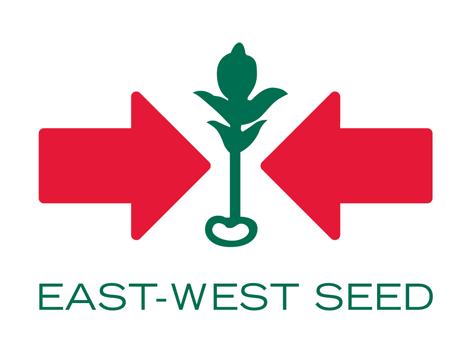Causal Agent:
Fungi (Colletotrichum lindemuthianum)
| Characteristic Symptoms: | |
 |
Lesions are sunken and light to dark brown on both sides of the leaves but usually more severe on the underside. |
 |
On petioles and branches, lesions are sunken, brown-black and are commonly slender to oval-shaped. |
 |
Symptoms on pods appear as light to dark brown sunken lesions with slightly raised, well-defined black ring margin. |
| Conditions for Disease Development: | |
 |
Frequent rainfall, presence of free moisture and cool to moderate temperatures (18-26°C) are critical factors for disease development. |
 |
The pathogen survives between crops on infected plant residue or infected volunteer plants and can be carried on seed harvested from infected fruit. |
 |
Conidia/spores produced on foliage are disseminated by wind, rain splashes, tools/implements and field workers. |
| Management and Control: | |
 |
Use pathogen-free seed.
|
 |
Remove and dispose infected plants/plant parts as soon as symptoms are observed to minimize spread of disease. |
 |
Avoid overhead irrigation or prolonged moisture to minimize disease incidence and severity. |
 |
Staking increases air movement and may help reduce infection in the field. |
 |
Deep plowing of crop residue immediately after harvest can effectively reduce inoculum carryover. |
 |
Crop rotation with non-host crops for at least 1 year may help reduce inoculum in the soil. |
 |
Apply copper–based fungicides as early as symptoms are observed or when conditions are favorable for disease development. (e.g. Cupravit®, Super BlueⓇ, Vitigran blueⓇ, FunguranⓇ, KocideⓇ, Hydroxide superⓇ). |
To view other diseases, click here.
Need more help? Ask the Doctor.






